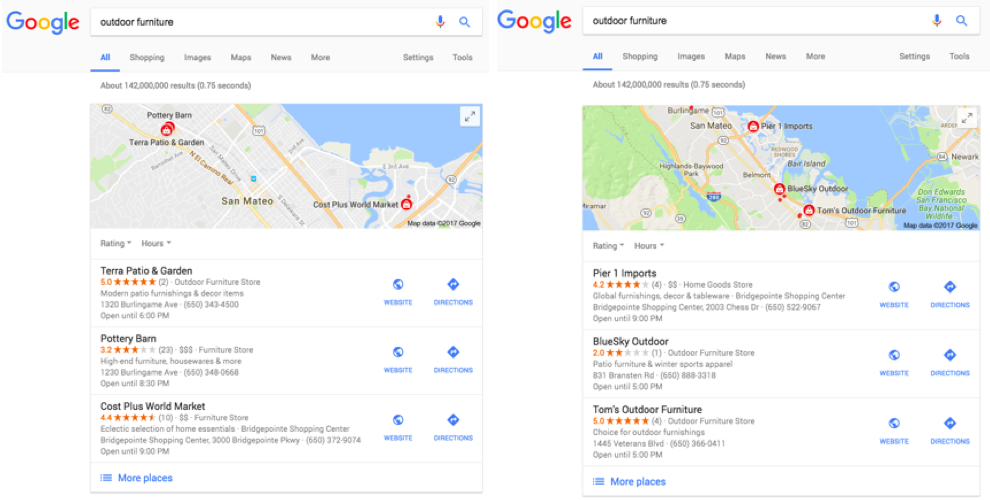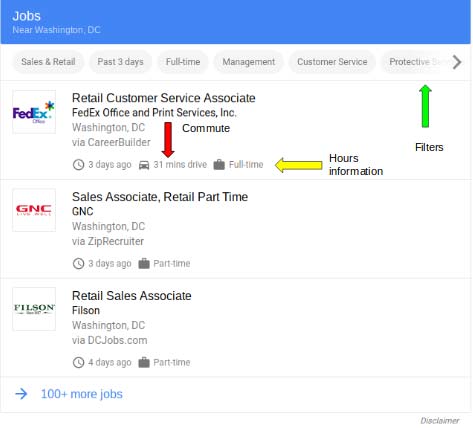
- 2 Min Read / Blog / 3.2.2020

Consumer behavior currently dictates search engine algorithm updates, both of which occur at a very progressive clip. For example, Google updates their algorithm almost daily but every so often there are massive updates that change SERP layouts, each of which directly reflect a shift in consumer behavior.
Last year alone, Google made series of large SERP changes to compensate for the shift in consumer search behavior. Instead of solely providing a list of websites that match a consumer’s query, Google now generates a widget that corresponds to search-related micro moments — statements that answer questions like “I want to know,” “I want to go,” “I want to do,” and “I want to buy.” The emergence of such search behavior stems for mobile accessibility and is directly responsible for Google SERP elements like Quick Answers, Local 3-Packs, News Carousels and the shop features.
Prior to the implementation of hyperlocal search in early 2017, Google required websites to adhere to a certain level of SEO and maintain Google search authority* to qualify for a spot in any SERP widget. By maintaining up-to-date alt tags, implementing low-level JSON/schema and optimizing for quality keywords gave websites the chance to appear within the Google widget and again in the list of sites below the fold. It was also necessary to maintain a Google business page to be considered in any local 3-pack widget. While all these requirements are still necessary, the implementation of Google hyperlocal search— along with Google’s FRED update— has added additional restrictions.

Search results for the same term before and after Google’s updates.
The newest addition to the Google SERP widgets is ‘Google for Jobs,’ a widget that features jobs related to both the location of the query and the query itself, and it’s the first Google widget developed after the implementation of hyperlocal search went live. The consequences of this update are multi-fold. In addition to optimizing job postings for specific cities and against competitors, it’s now critical to own the ‘Jobs’ widget in multiple areas within your target city. It’s also important to note that because of the Google for Jobs Update, candidates are now less likely to look further than their initial job SERP results, which means your company is competing with large corporations for optimal job post positions.

The abundance of information in a preview snippet provides an enhanced and tailored candidate experience based on location, query and candidate-specific filters. The schema and optimization required to compete with large job posts can seem daunting and as talent acquisition is often considered a massive burden for HR departments, any effort to streamline and simplify the process is critical.
Punchkick is now partnering with corporate HR departments to enhance candidate experience both within the Taleo ATS and on stand-alone career sites. Our team of optimization and analytics experts will ensure your job postings are strong enough to show up on Google’s job block and provide month-over-month stats to show how content performance is affected by the changes.
Interested in learning more about how Punchkick can strengthen your hiring process? We’d love to hear from you at [email protected].
*Google Search Authority is how Google tracks your domain’s history on the search engine. Websites that are updated often and websites that maintain current optimization standards are given a high Google search authority — which means a domain with higher search authority is typically granted the preferential SERP location (both paid and organic) over sites that are either outdated or new.